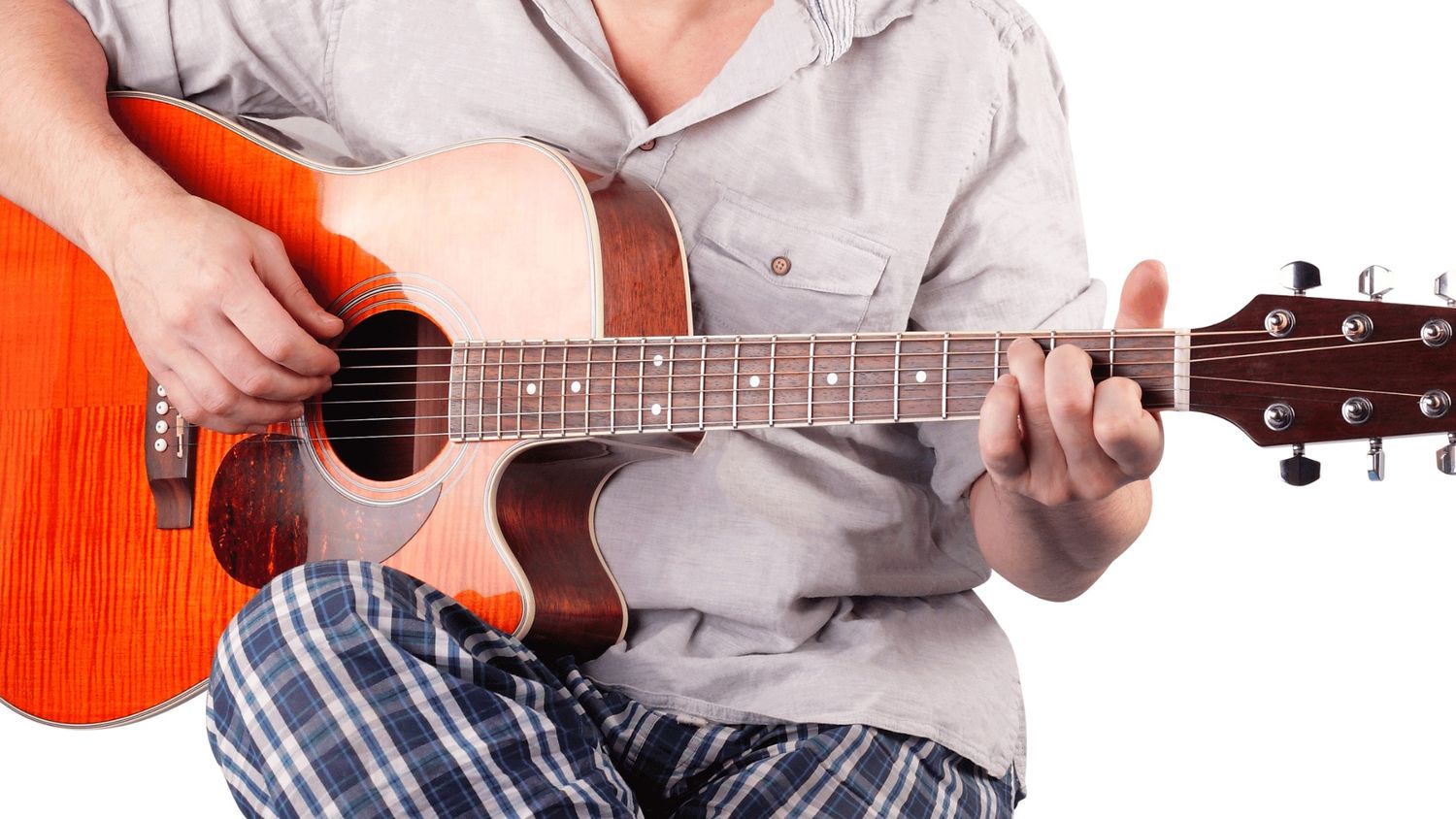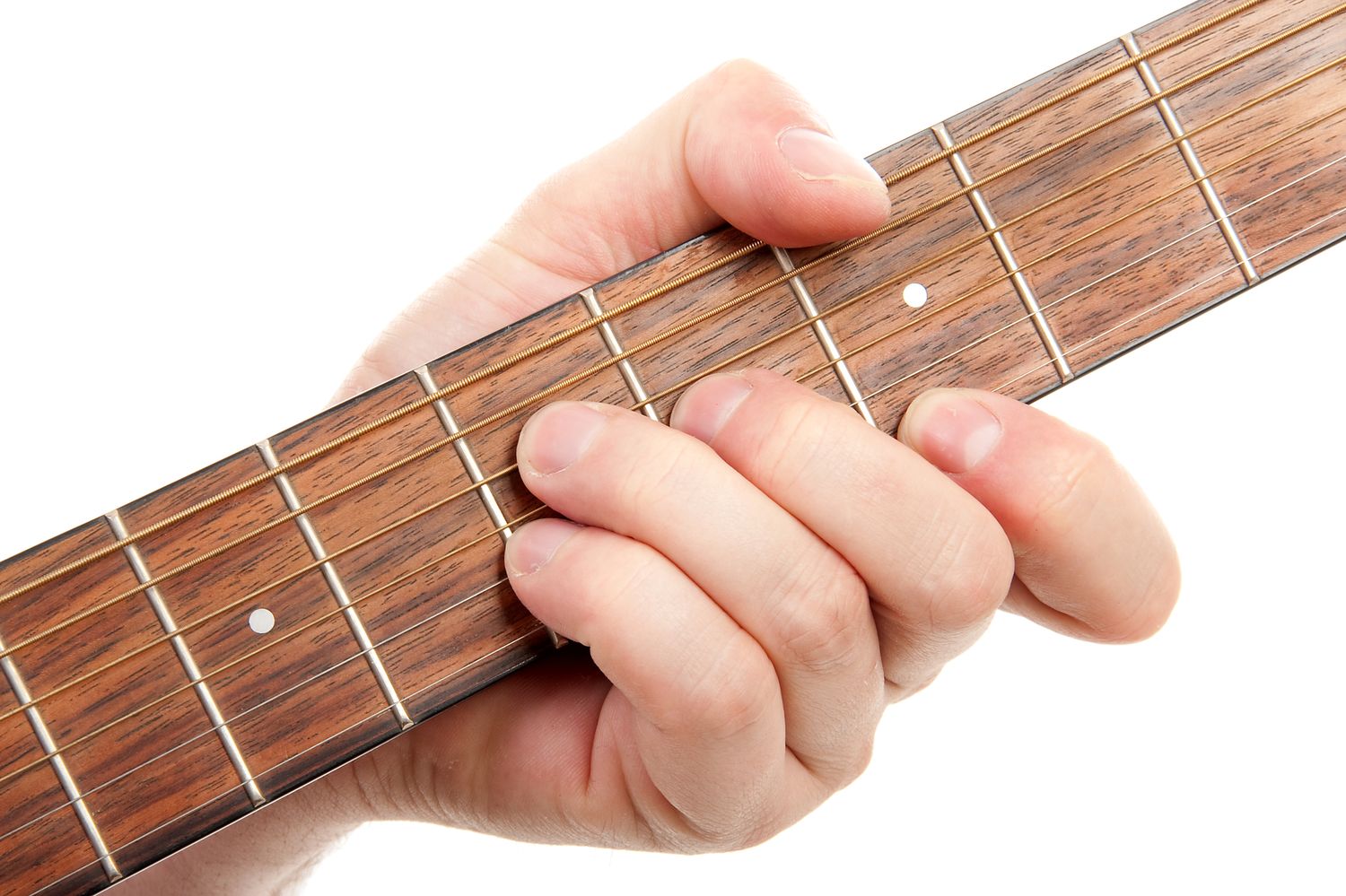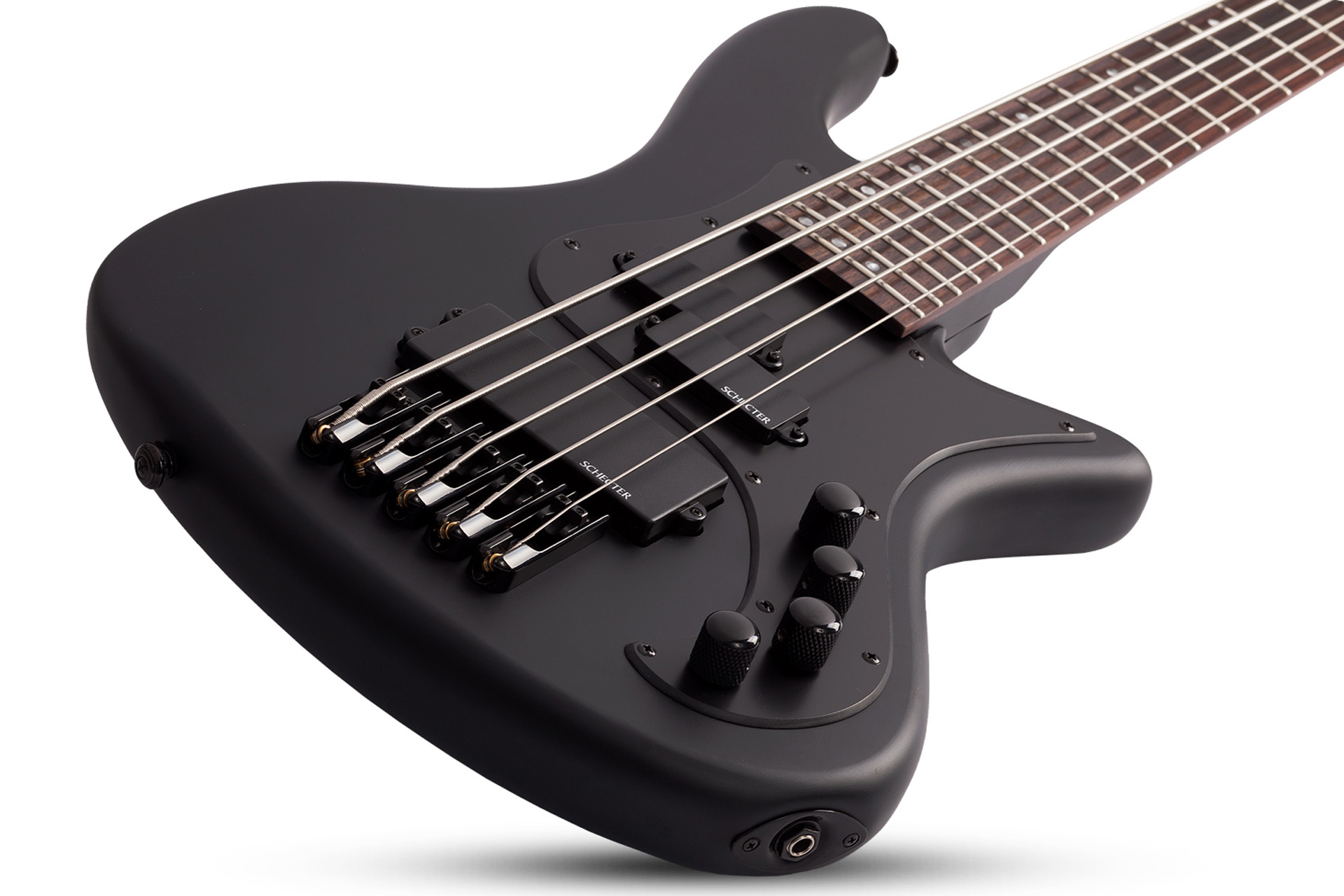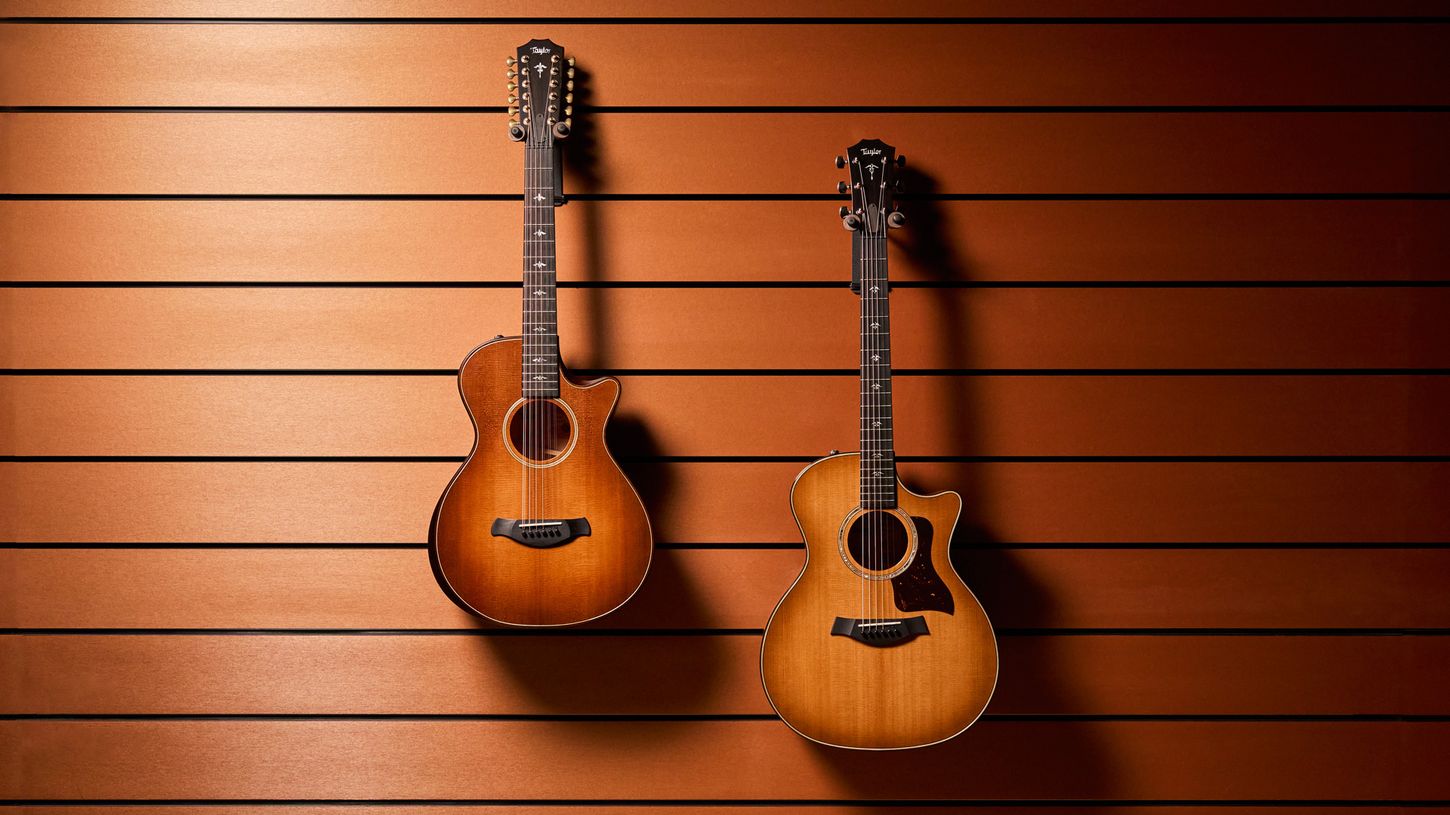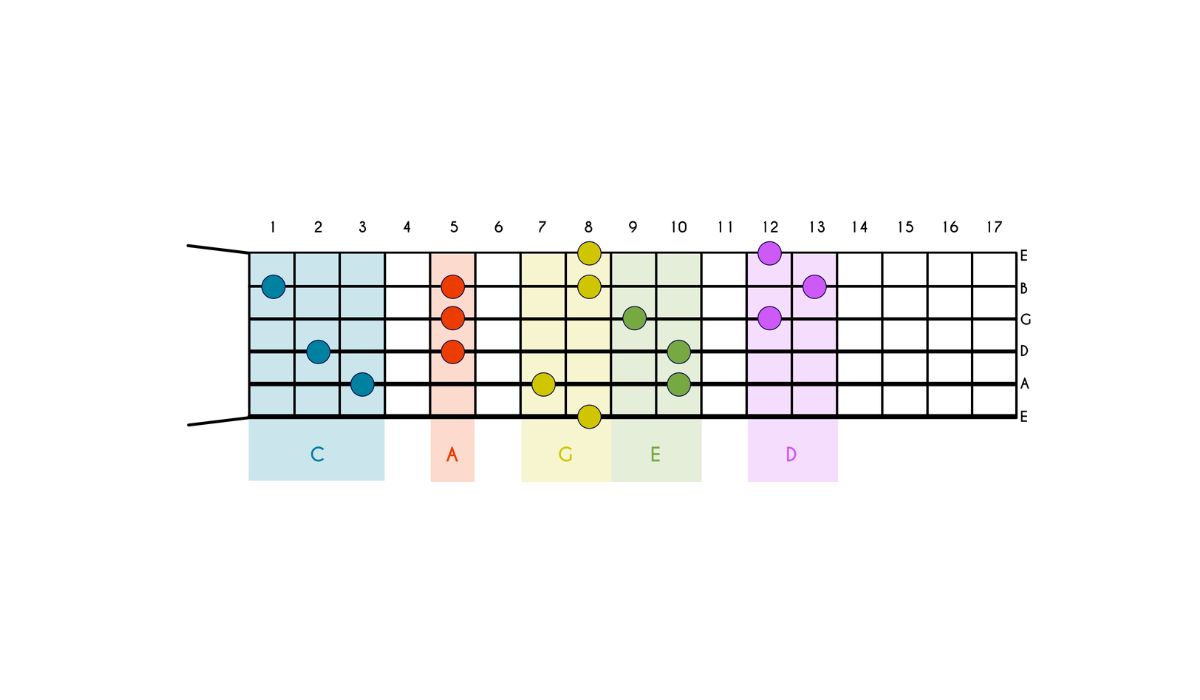Home>Instruments>Guitar>How Many Chords Are There In A Guitar


Guitar
How Many Chords Are There In A Guitar
Published: February 12, 2024
Discover the vast world of guitar chords and learn how to master them. Explore the endless possibilities for creating music with the guitar. Unlock the secrets to mastering the chords on the guitar.
(Many of the links in this article redirect to a specific reviewed product. Your purchase of these products through affiliate links helps to generate commission for AudioLover.com, at no extra cost. Learn more)
Table of Contents
Introduction
Playing the guitar is a timeless and immensely rewarding pursuit. Whether you're a seasoned musician or a novice strummer, understanding the fundamentals of guitar chords is essential for unlocking the instrument's full potential. Chords form the backbone of countless songs across various genres, making them a cornerstone of guitar playing.
At its core, a chord is a collection of three or more notes played simultaneously, producing a harmonious blend of sound. The guitar, with its versatile fretboard and six strings, offers an extensive array of chord variations, each with its own distinct tonal quality. From the foundational open chords to the more complex barre and extended chords, mastering these formations opens up a world of musical possibilities.
In this comprehensive guide, we'll delve into the diverse landscape of guitar chords, exploring the basic formations as well as more advanced variations. Whether you're looking to strum along to your favorite songs or compose your own music, understanding the intricacies of chords will elevate your playing to new heights. Let's embark on this musical journey and unravel the rich tapestry of guitar chords together.
Basic Chords
Basic chords, also known as open chords, serve as the foundation for many guitar compositions. These fundamental formations are typically played in the first three frets and are characterized by their relatively simple finger placements. Among the most commonly used basic chords are the C major, G major, D major, E major, A major, and E minor.
Each of these chords carries its own distinct sound and can evoke a range of emotions. For instance, the C major chord exudes a bright and uplifting tone, making it a popular choice in numerous pop and folk songs. On the other hand, the E minor chord possesses a more somber and introspective quality, often found in melancholic ballads and introspective compositions.
Mastering basic chords is an essential step for any aspiring guitarist, as these formations are prevalent in countless songs. By familiarizing yourself with these foundational shapes and practicing the transition between them, you’ll build the dexterity and muscle memory needed to progress to more advanced chord structures.
Furthermore, basic chords provide an excellent platform for understanding chord theory and the relationship between different notes within a chord. This knowledge forms the bedrock of guitar proficiency and empowers players to create their own chord progressions and compositions.
Whether you’re strumming along to a beloved classic or experimenting with your own melodies, the versatility and ubiquity of basic chords make them an indispensable component of a guitarist’s repertoire. As you continue to hone your skills, these foundational formations will serve as a springboard for exploring more complex and nuanced chord variations.
Barre Chords
Barre chords, also referred to as bar chords, are versatile formations that allow guitarists to play the same chord shape in different positions on the fretboard. These movable formations are invaluable for transposing songs to different keys and expanding the tonal range of the guitar.
One of the defining features of barre chords is the utilization of a barring technique, where a single finger, usually the index finger, is employed to press down multiple strings across the fretboard. This creates a movable ‘bar’ that serves as the foundation for various chord shapes. While mastering barre chords may initially present a physical challenge due to the finger strength and dexterity required, the payoff is well worth the effort.
Common barre chord shapes include the E major and minor, A major and minor, as well as their respective seventh variations. These formations can be shifted up and down the fretboard, allowing for seamless transitions between different keys and tonalities. Additionally, barre chords enable guitarists to incorporate richer and more complex harmonies into their playing, expanding the sonic landscape of their compositions.
Furthermore, the proficiency in executing barre chords opens the door to playing a myriad of songs that utilize these versatile formations. From rock anthems to soulful ballads, barre chords are a staple in the repertoire of guitarists across genres. Their adaptability and transpositional capabilities make them an indispensable tool for musicians seeking to broaden their musical horizons.
As you delve into the realm of barre chords, perseverance and consistent practice are key. Developing the finger strength and precision necessary to execute these formations with clarity and resonance may take time, but the rewards in terms of musical versatility and creative expression are immeasurable.
Power Chords
Power chords, often associated with the driving force of rock and punk music, are minimalist yet impactful formations that have left an indelible mark on the world of guitar playing. Comprising only two or three notes, power chords are lauded for their raw, aggressive sound and their ability to propel compositions with unbridled energy.
Unlike traditional chords, power chords consist solely of the root note and the fifth, omitting the third that defines whether a chord is major or minor. This omission contributes to the chord’s ambiguous tonality, making it a versatile and adaptable component of various musical styles.
One of the defining characteristics of power chords is their movable nature, allowing guitarists to effortlessly shift these formations across the fretboard. This flexibility lends itself well to creating dynamic and driving chord progressions, a hallmark of many high-energy rock and metal compositions.
Moreover, power chords are revered for their distortion-friendly quality, making them an ideal choice for electric guitarists seeking to harness the raw power of overdriven tones. The simplicity and potency of power chords have cemented their status as a go-to option for musicians aiming to inject their compositions with vigor and intensity.
While power chords are often associated with aggressive musical genres, their versatility extends beyond the realms of rock and metal. These formations can be found in pop, punk, and alternative music, where their propulsive nature adds a compelling edge to the sonic landscape.
Aspiring guitarists looking to dive into the world of power chords will find that these formations offer a gateway to crafting high-impact riffs and anthemic progressions. Whether you’re cranking up the distortion or seeking to infuse your compositions with a dose of raw energy, power chords stand as a testament to the profound impact that minimalism can have on musical expression.
Suspended Chords
Suspended chords, often denoted as sus2 and sus4 chords, introduce a captivating sense of tension and resolution to guitar compositions. These enigmatic formations deviate from traditional major and minor chords, infusing musical phrases with an air of intrigue and anticipation.
The defining feature of suspended chords lies in the alteration of the third note within a traditional chord. In a sus2 chord, the third is replaced by the second, creating a harmonically ambiguous yet evocative sound. Conversely, a sus4 chord substitutes the third with the fourth, further contributing to the chord’s enigmatic allure.
One of the compelling qualities of suspended chords is their ability to inject a sense of yearning and anticipation into musical passages. The unresolved nature of these formations creates an intriguing sonic landscape, making them a valuable tool for evoking emotion and adding depth to compositions.
Furthermore, suspended chords are renowned for their versatility and compatibility with various musical genres. From folk ballads to alternative rock anthems, these formations have found their place in a wide array of musical styles, adding a touch of mystique and allure to the sonic tapestry.
Exploring the realm of suspended chords opens up a world of creative possibilities for guitarists seeking to infuse their compositions with a sense of depth and emotion. Whether used as embellishments within a chord progression or as standalone formations, sus2 and sus4 chords offer a compelling avenue for musical expression.
As you delve into the realm of suspended chords, you’ll discover the unique ability of these formations to captivate listeners and imbue your playing with a nuanced, emotive quality. Embracing the enigmatic allure of suspended chords will undoubtedly enrich your musical journey and expand the expressive palette of your guitar playing.
Extended Chords
Extended chords, also known as advanced or altered chords, represent a rich tapestry of harmonic complexity that adds depth and sophistication to guitar compositions. These formations expand upon traditional major and minor chords by incorporating additional tones, resulting in lush and evocative harmonies.
One of the hallmark features of extended chords is the inclusion of intervals beyond the fundamental triad. Common extensions include the seventh, ninth, eleventh, and thirteenth, each contributing unique color and texture to the chord’s overall sound. These added tones imbue compositions with a sense of richness and complexity, elevating the harmonic landscape to new heights.
Extended chords are revered for their ability to evoke a wide range of emotions, from introspective melancholy to exuberant jubilation. The nuanced interplay of added intervals within these formations allows guitarists to craft captivating chord progressions and melodies that resonate deeply with listeners.
Furthermore, extended chords are integral to jazz and fusion music, where their sophisticated voicings and harmonic intricacy form the cornerstone of complex improvisations and arrangements. The expressive potential of these formations extends beyond jazz, permeating various genres and offering a wealth of creative possibilities for adventurous musicians.
As you venture into the realm of extended chords, you’ll find that these formations provide a captivating avenue for musical exploration and expression. Whether you’re seeking to infuse your compositions with a touch of elegance or delve into the harmonic intricacies of jazz, extended chords offer a boundless realm of creative potential.
Embracing the lush and evocative qualities of extended chords will undoubtedly enrich your musical journey, providing a platform for crafting emotive and sophisticated guitar compositions that resonate deeply with audiences.
Conclusion
Exploring the diverse landscape of guitar chords unveils a rich tapestry of harmonic possibilities, each formation adding a unique dimension to the musical journey of aspiring guitarists. From the foundational simplicity of basic chords to the sophisticated allure of extended formations, the world of guitar chords is a boundless realm of creative expression and sonic exploration.
Mastering the nuances of basic chords lays a solid foundation for guitarists, providing the essential building blocks for countless songs and compositions. These fundamental formations serve as a springboard for delving into more complex chord structures, fostering a deeper understanding of chord theory and harmonic relationships.
Barre chords, with their movable nature and transpositional capabilities, expand the guitarist’s tonal palette and offer a gateway to exploring different keys and voicings. The physical and technical challenges posed by barre chords are met with perseverance, yielding a wealth of creative possibilities and musical versatility.
Power chords, characterized by their raw energy and minimalist construction, inject compositions with vigor and drive, making them a quintessential component of high-energy musical styles. Their adaptable nature and distortion-friendly quality have solidified their status as a potent tool for crafting dynamic and impactful guitar arrangements.
Suspended and extended chords, with their enigmatic allure and harmonic complexity, add depth, emotion, and sophistication to musical passages. These formations invite guitarists to delve into the realms of tension and resolution, crafting evocative compositions that resonate deeply with audiences across genres.
As we conclude this exploration of guitar chords, it becomes evident that these harmonic formations are not merely technical constructs but vessels for emotional expression and creative storytelling. Whether strumming along to a beloved classic or embarking on a musical odyssey of original compositions, the intricate interplay of chords serves as a conduit for channeling the depth of human experience through the strings of the guitar.
Embracing the diverse landscape of guitar chords is an invitation to embark on a journey of musical discovery and self-expression, where each chord shape and voicing becomes a brushstroke in the canvas of sonic artistry. As you continue your musical odyssey, may the chords you strum and the melodies you craft resonate with the passion and creativity that define the essence of guitar playing.




